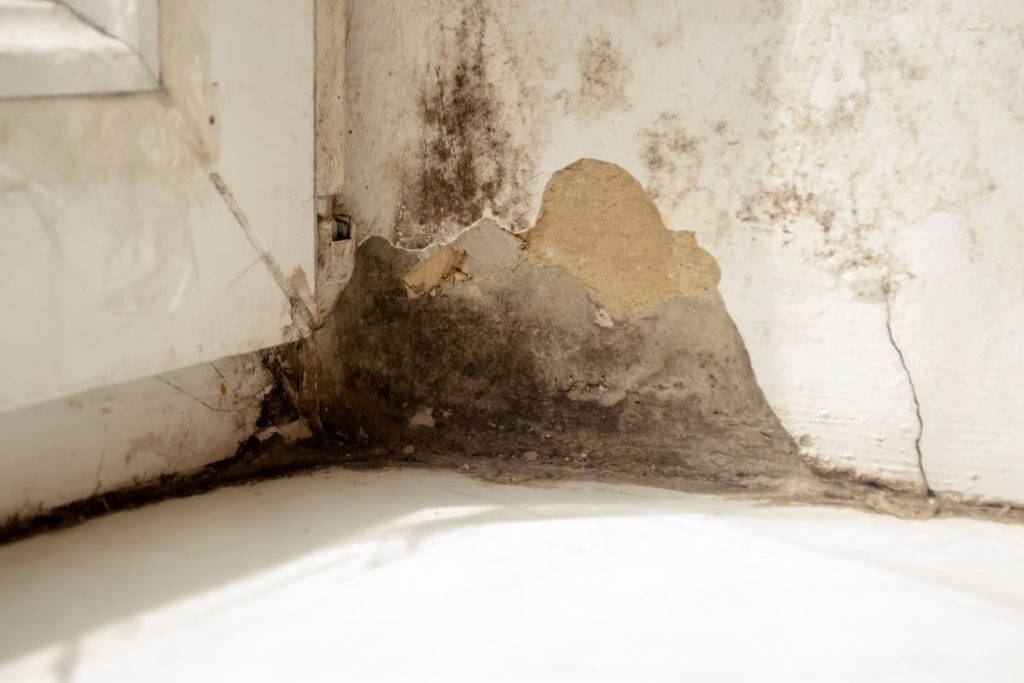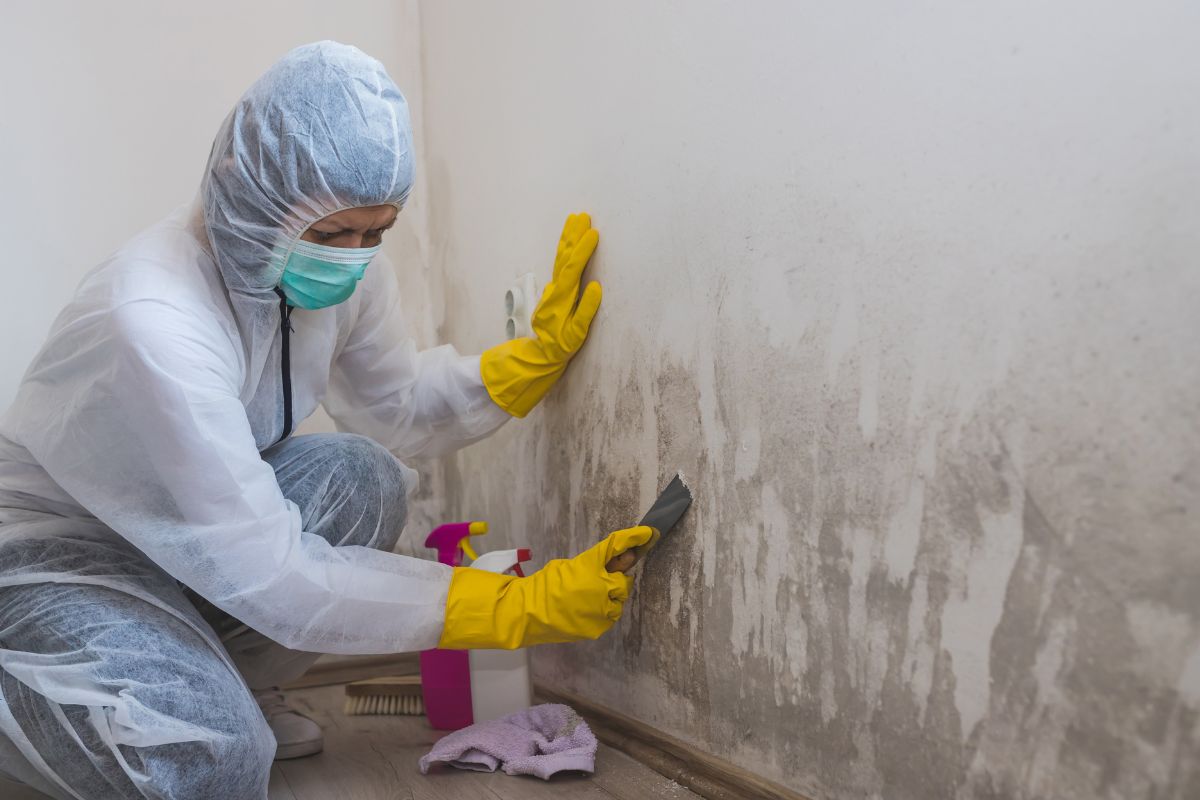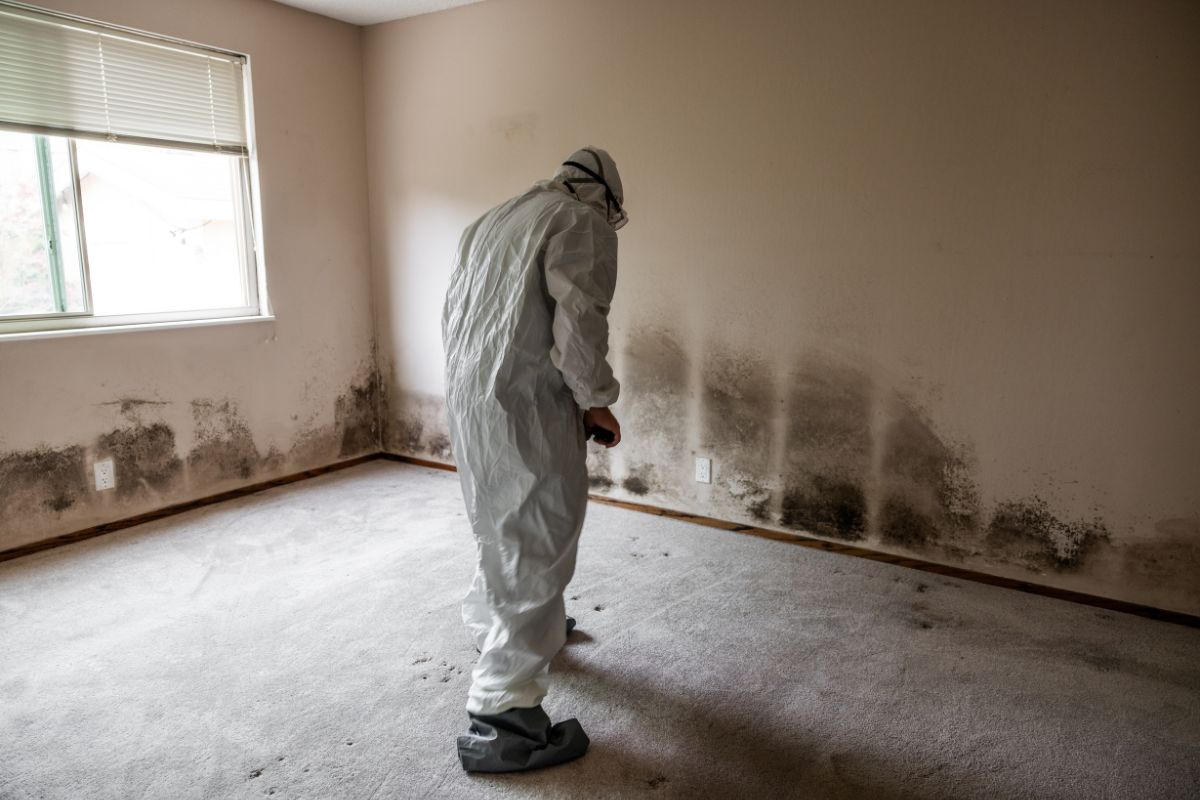
Tired of battling mold in your home? While lowering humidity is crucial, it’s only one piece of the puzzle. Effective mold control requires addressing the root cause: removing mold’s food source, improving air quality, and employing targeted cleaning strategies. This comprehensive guide delves into practical methods to reduce mold spores and reclaim a healthier living environment.
Understanding Mold Spores
What Are Mold Spores and Why Are They a Problem?
Mold spores are microscopic particles that float in the air, both indoors and outdoors. They’re a natural part of the environment, but when they find a damp, nutrient-rich environment inside your home, they can quickly multiply into unsightly and potentially harmful colonies.
Exposure to elevated mold spore levels can trigger a range of health problems, including:
- Allergies: Sneezing, runny nose, itchy eyes, skin rashes.
- Asthma: Worsened asthma symptoms, coughing, wheezing, shortness of breath.
- Respiratory Infections: Increased susceptibility to respiratory illnesses.
- Other Health Issues: Headaches, fatigue, and in some cases, more severe conditions.
Common types of household mold include Aspergillus, Penicillium, and Cladosporium.
Beyond Humidity: Identifying and Eliminating Mold’s Food Source
Denying Mold Its Dinner: Controlling Organic Matter
Lowering humidity is essential, but mold needs more than just moisture; it needs food. This food source is often organic matter readily found in our homes: dust, dirt, paper, wood, drywall, and even some fabrics.
- The Importance of Proper Ventilation & Cleaning: Regular cleaning is vital to remove dust and debris that mold spores thrive on. Ensure adequate ventilation in your home, particularly in areas prone to moisture, like bathrooms and kitchens.
- Addressing Water Damage Immediately: Leaks, spills, and condensation provide the perfect conditions for mold growth. Address any water damage promptly. Dry thoroughly and consider using a dehumidifier to speed up the process.
If you’re dealing with persistent mold spores and need professional guidance, call us today . Our experts are ready to provide effective solutions to help keep your home safe and mold-free.
Targeted Cleaning Strategies for Mold Spore Reduction

Effective Cleaning Techniques to Minimize Mold Spores
Once you’ve addressed moisture and food sources, it’s time to tackle existing mold. Here are some effective cleaning techniques:
- Cleaning Hard Surfaces: For non-porous surfaces like tiles, countertops, and plastic, use a solution of water and a mild detergent. You can also use diluted bleach (always wear gloves and eye protection and ensure proper ventilation) or a vinegar solution.
- Cleaning Soft Surfaces (Carpets, Upholstery, etc.): Vacuum carpets and upholstery regularly with a HEPA filter vacuum. For visible mold, consider professional cleaning or replacement.
- Dealing with Mold in Bathrooms & Kitchens: Pay special attention to grout, shower curtains, and areas around sinks and toilets. Use mold and mildew-specific cleaners.
Improving Air Quality to Combat Mold Spores

Breathing Easier: Enhancing Indoor Air Quality
Even with thorough cleaning, mold spores can linger in the air. Improving indoor air quality can significantly reduce spore counts.
- The Role of Air Purifiers: Air purifiers equipped with HEPA filters are highly effective at trapping mold spores and other airborne particles.
- Proper Ventilation Techniques: Open windows regularly to allow fresh air to circulate. Use exhaust fans in bathrooms and kitchens during and after showering/cooking. Consider HRV (Heat Recovery Ventilator) or ERV (Energy Recovery Ventilator) systems for continuous ventilation with energy efficiency.
Professional Help When You Need It
When to Call the Pros: Recognizing the Need for Professional Mold Removal
While DIY methods can be effective for small mold problems, there are times when professional help is essential:
- Signs of a Serious Mold Problem: Extensive mold growth (larger than 10 square feet), persistent musty odors, recurring mold despite cleaning, visible mold in hard-to-reach areas (behind walls, under floors).
- Choosing a Qualified Mold Remediation Service: Look for companies with certifications (e.g., IICRC), licenses (where required by your state), and insurance. Get multiple quotes and ask for references.
If you’re concerned about mold spores in your home and need professional assistance, contact us today for expert advice and solutions.
Preventative Measures for Long-Term Mold Control
Keeping Mold at Bay: Proactive Prevention Strategies
Prevention is key to long-term mold control.
- Regular Inspections: Inspect your home regularly for signs of moisture or mold growth, especially in bathrooms, kitchens, basements, and attics.
- Proper Home Maintenance: Maintain your home properly by repairing leaks promptly, cleaning gutters, ensuring proper ventilation, and using mold-resistant paint in moisture-prone areas.
A Mold-Free Home: A Healthier, Happier Life
Controlling mold spores requires a multi-faceted approach. While humidity control is important, it’s only one piece of the puzzle. By addressing moisture sources, eliminating food sources, improving air quality, and employing targeted cleaning strategies, you can create a healthier, happier home for yourself and your family.
Concerned about hidden mold spores in your home? Call us now to speak with our experts and find the right solution to protect your home and family.
